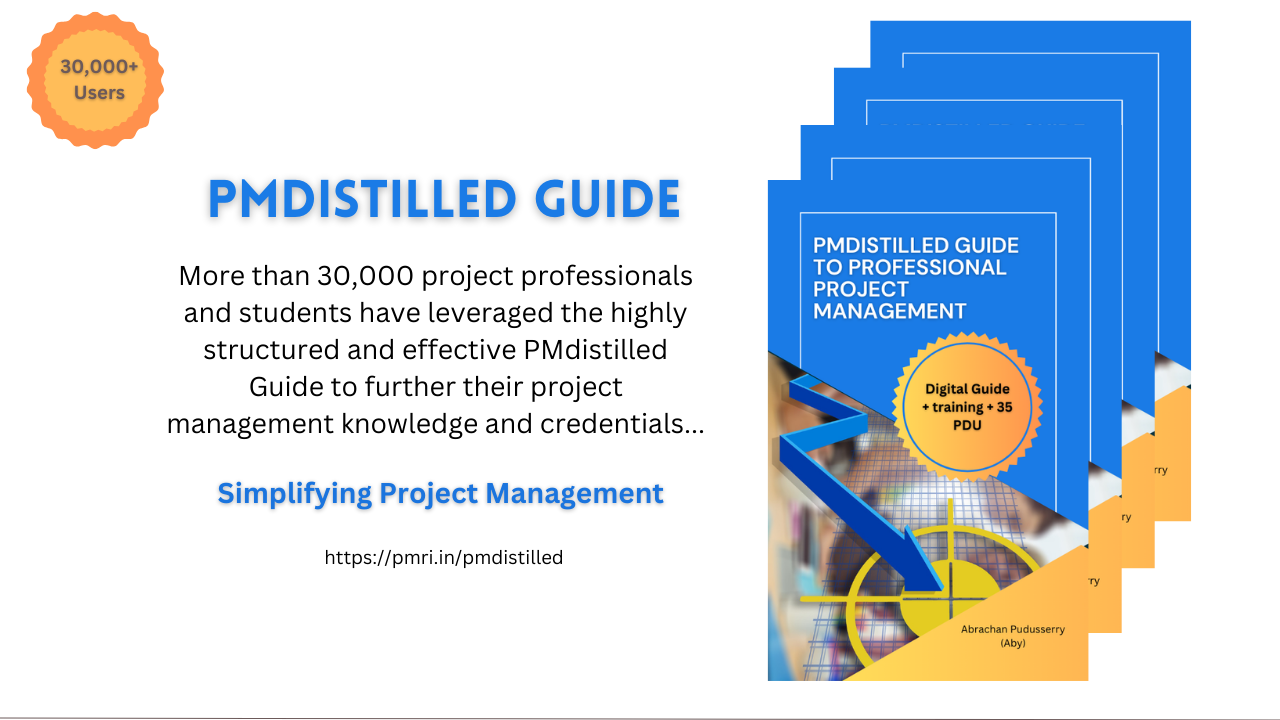Control cost
Controlling costs is essential for ensuring that a project stays within its budget constraints and delivers value for money. Here are key steps and techniques for effectively controlling project costs:
- Cost Baseline:
- Establish a cost baseline that includes the project budget, cost estimates, resource allocations, and financial targets.
- Use the cost baseline as a reference point to measure and manage changes to project costs.
- Cost Performance Measurement:
- Monitor cost performance against the baseline using key performance indicators (KPIs) such as planned vs. actual costs, cost variance, and cost performance index (CPI).
- Conduct regular cost performance reviews to assess spending, identify variances, and determine the root causes of cost overruns or underruns.
- Variance Analysis:
- Analyze cost variances to determine their causes and impacts on project performance.
- Differentiate between controllable and uncontrollable costs and focus on managing controllable expenses through proactive cost control measures.
- Change Control Process:
- Implement a formal change control process to manage changes to project costs, including scope changes, resource adjustments, and budget modifications.
- Document all cost change requests, conduct impact assessments, and obtain approval from relevant stakeholders before implementing changes.
- Cost Estimating and Budgeting:
- Develop accurate cost estimates and budgets for project activities, deliverables, and resources based on historical data, expert judgment, and industry benchmarks.
- Allocate budget reserves and contingencies to account for uncertainties and unforeseen risks that may impact project costs.
- Cost Control Tools and Techniques:
- Utilize cost control tools and techniques such as earned value management (EVM), budget tracking, and variance analysis to monitor, analyze, and control project costs.
- Implement cost tracking systems and software to capture and report cost data in real-time, enabling timely decision-making and cost management.
- Resource Optimization:
- Optimize resource utilization and allocation to minimize costs while maximizing productivity and efficiency.
- Balance resource demand and supply, avoid resource overallocation or shortages, and reallocate resources as needed to align with project priorities and objectives.
- Procurement Management:
- Manage procurement activities effectively to control costs associated with purchasing goods, services, and materials for the project.
- Negotiate favorable terms and conditions with suppliers, conduct cost-benefit analyses, and monitor vendor performance to ensure value for money and adherence to budget constraints.
- Cost Reduction Strategies:
- Identify opportunities for cost reduction through process improvements, optimization of workflows, and elimination of unnecessary expenses.
- Implement cost-saving measures such as standardization, automation, and outsourcing to reduce project costs without compromising quality or performance.
- Cost Reporting and Communication:
- Communicate cost performance updates, forecasts, and risks to project stakeholders through regular financial reports, meetings, and dashboards.
- Provide transparent and accurate information on cost status, variances, and trends to facilitate informed decision-making and stakeholder engagement.

